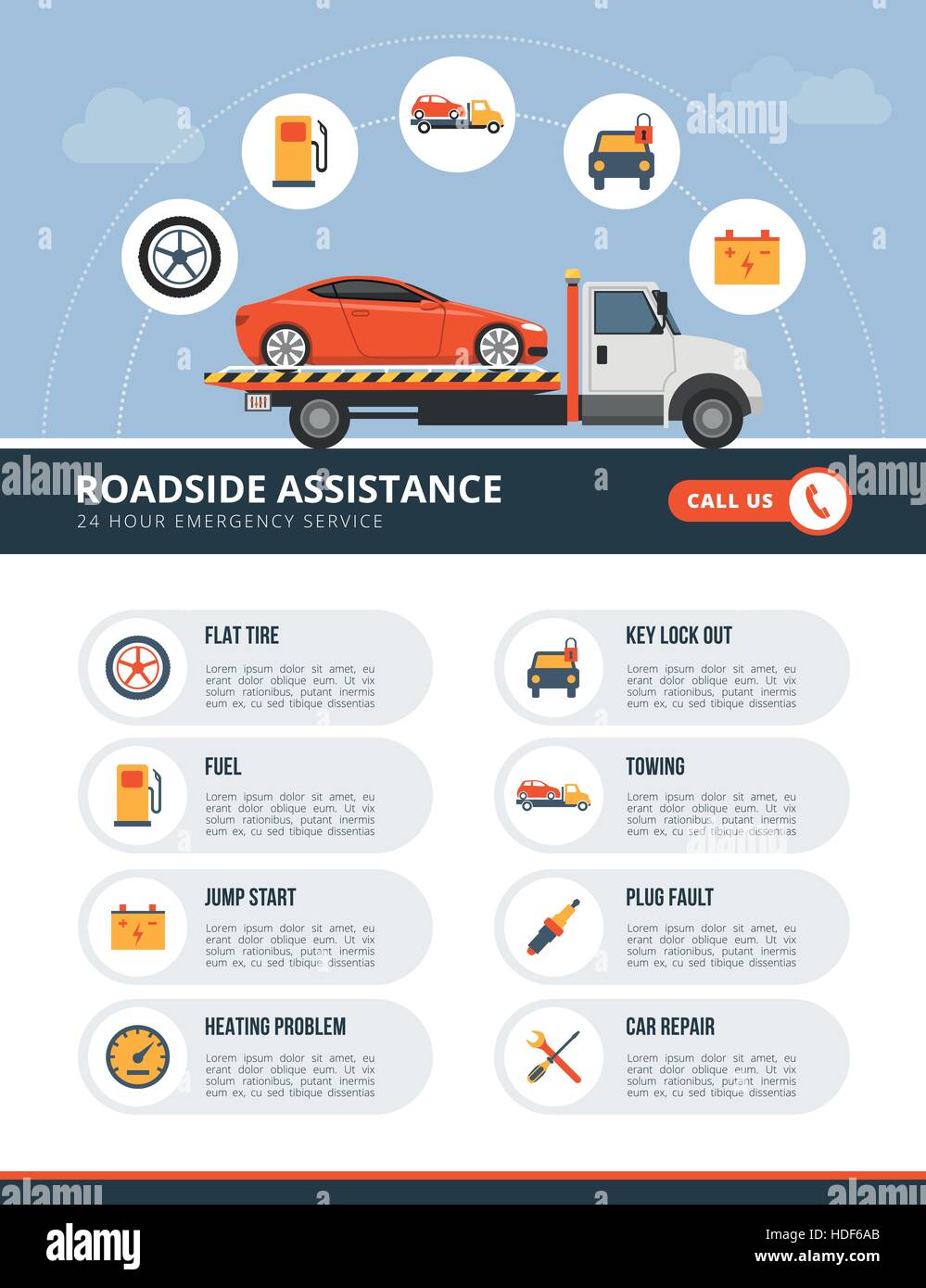Wondering About The Definition Behind Those Dashboard Caution Lights? Gain Understandings Into Their Ramifications For Your Lorry'S Safety And Maintenance
Wondering About The Definition Behind Those Dashboard Caution Lights? Gain Understandings Into Their Ramifications For Your Lorry'S Safety And Maintenance
Blog Article
Material Produce By-Vinson Corbett
When you're behind the wheel, those radiant warning lights on your dashboard can be a bit perplexing. Do you know what they're attempting to tell you regarding your automobile's wellness? Comprehending please click the following internet page of these lights is crucial for your safety and security and the longevity of your vehicle. So, the following time one of those lights turns up, would not you intend to understand its message accurately and take the needed actions to resolve it?
Common Warning Lights and Interpretations
Identify typical caution lights in your automobile and recognize their significances to make sure secure driving.
One of the most typical warning lights include the check engine light, which indicates concerns with the engine or exhausts system. If this light comes on, it's critical to have your vehicle checked quickly.
The oil pressure warning light suggests reduced oil pressure, needing instant interest to avoid engine damage.
A blinking battery light could recommend a damaged billing system, potentially leaving you stranded otherwise dealt with.
wax detailing (TPMS) light notifies you to reduced tire stress, influencing car stability and gas performance. Overlooking this might result in unsafe driving problems.
The abdominal muscle light shows an issue with the anti-lock braking system, endangering your capacity to stop swiftly in emergency situations.
Lastly, the coolant temperature level alerting light warns of engine overheating, which can result in severe damage if not dealt with swiftly.
Understanding these usual warning lights will assist you deal with concerns quickly and keep secure driving conditions.
Value of Prompt Attention
Recognizing the typical caution lights in your automobile is just the initial step; the value of quickly dealing with these cautions can't be stressed sufficient to ensure your security when driving.
When a caution light illuminates on your control panel, it's your auto's means of interacting a potential concern that requires interest. Disregarding these cautions can bring about more severe issues in the future, endangering your safety and security and potentially costing you more out of commission.
Prompt interest to advising lights can protect against breakdowns and crashes. As an example, a blinking check engine light might indicate a misfire that, if left ignored, can trigger damage to the catalytic converter. Addressing this without delay can save you from an expensive repair work.
In a similar way, a brake system alerting light may signify low brake fluid or worn brake pads, important components for your safety and security when driving.
Do It Yourself Troubleshooting Tips
If you notice a caution light on your dashboard, there are a couple of DIY fixing suggestions you can try prior to seeking expert aid.
The initial step is to consult your cars and truck's guidebook to recognize what the certain warning light suggests. Sometimes the problem can be as easy as a loosened gas cap activating the check engine light. Tightening up the gas cap might solve the problem.
An additional common concern is a low battery, which can activate different cautioning lights. Inspecting the battery links for corrosion and guaranteeing they're protected may fix the trouble.
If a warning light persists, you can attempt resetting it by detaching the automobile's battery for a couple of minutes and after that reconnecting it. Furthermore, examining your lorry's liquid levels, such as oil, coolant, and brake fluid, can assist fix alerting lights connected to these systems.
Conclusion
Finally, recognizing your auto's warning lights is vital for maintaining your car running efficiently and safely. By immediately dealing with these notifies and knowing what they mean, you can avoid costly repair work and potential breakdowns.
Remember to consult your auto's manual for specific information on each warning light and do something about it appropriately to make certain a trouble-free driving experience.
Stay notified, remain secure on the road!
